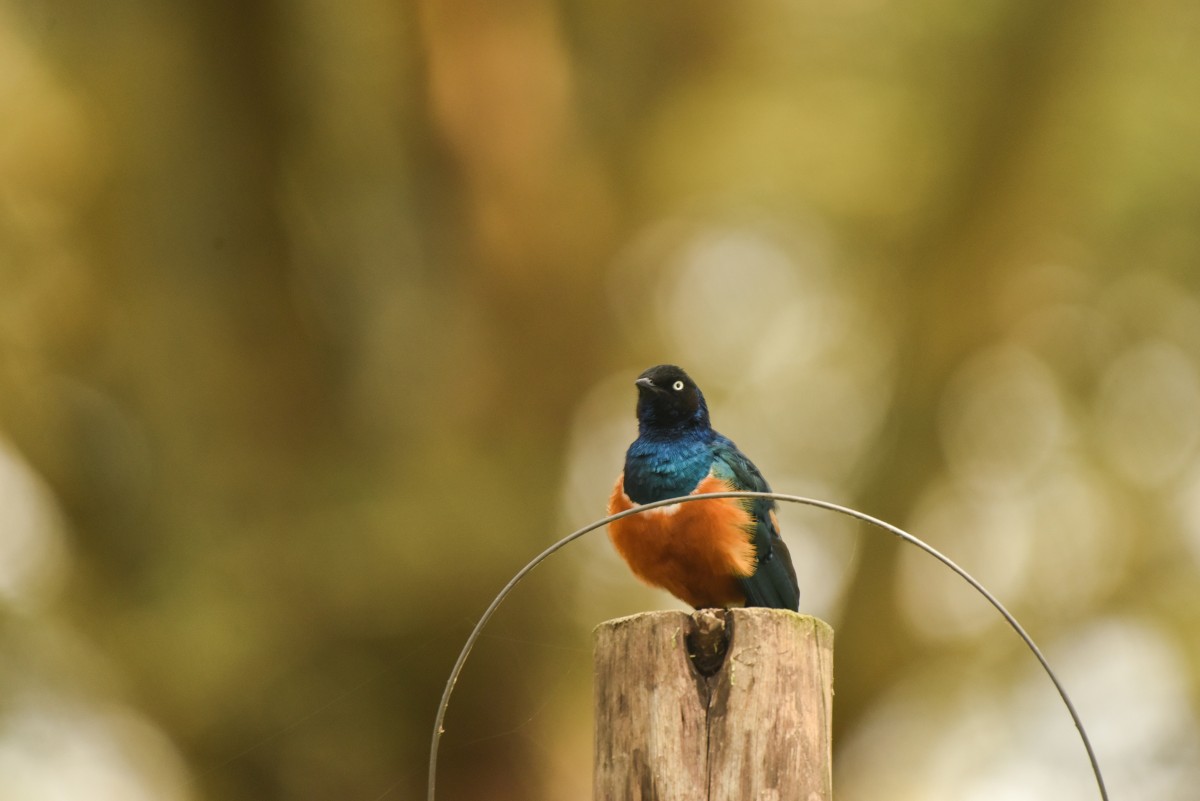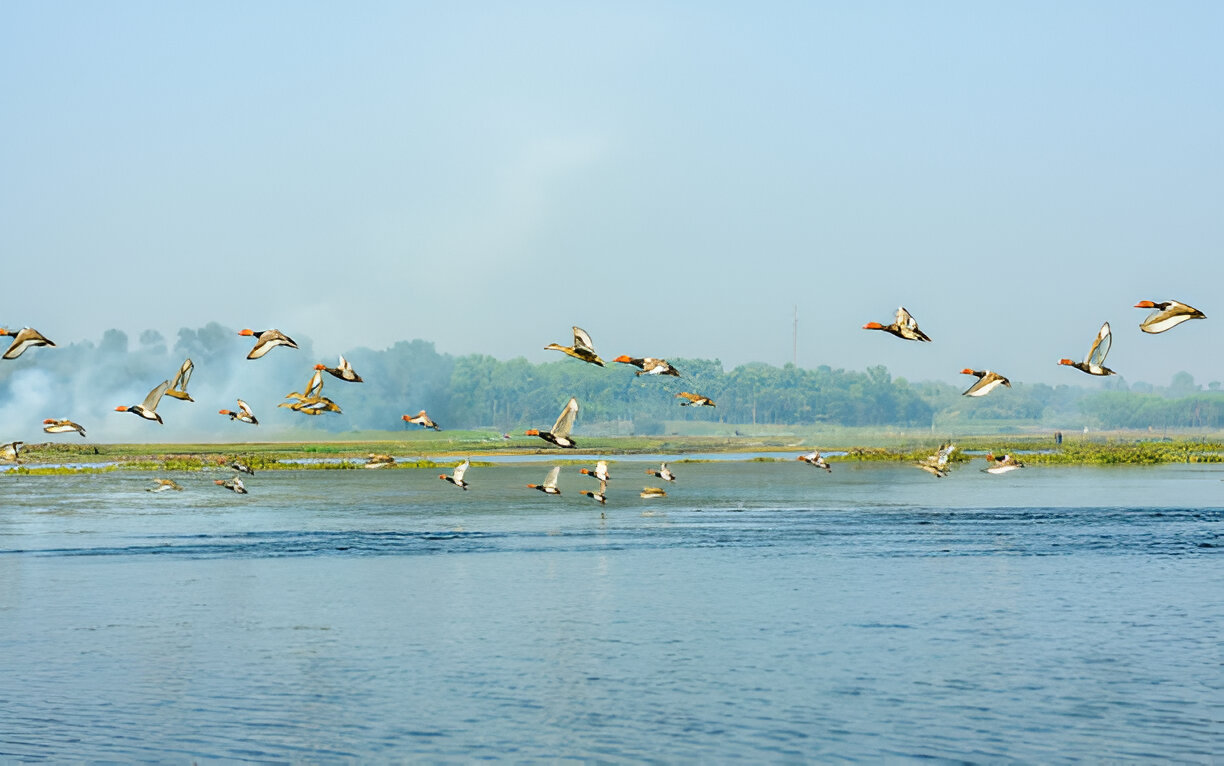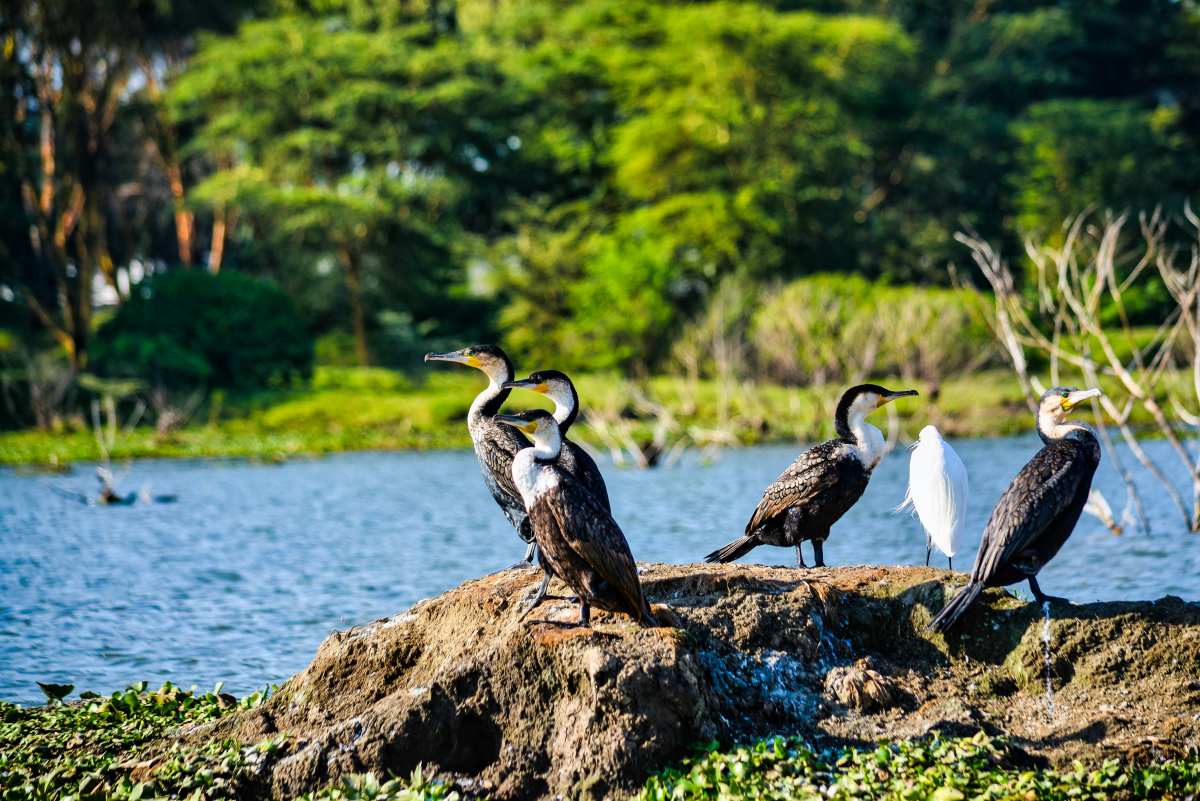“Words are, in my not-so-humble opinion, our most inexhaustible source of magic.”
~Albus Dumbledore, Harry Potter and the Deathly Hallows (II)
Very often, people misuse words that have similar meanings, such as the case with the terms national park and wildlife sanctuary. These are frequently confused because of the popular connotation that both have something to do with animals and the wilderness. While the inference of both largely and loosely does merge, the two words still hold key distinctions based on their functionalities and purpose.
In this short read, let’s learn more about the difference between a national park and a wildlife sanctuary.
Table of Contents
ToggleWhat Is A National Park?
A national park is a territory or land area inhabited by animals, birds, microorganisms, and dense flora. These regions, often unsuitable for human habitation, are designated by governing authorities for the preservation of biodiversity and wildlife due to their cultural, natural, and historical significance.

National parks can be understood as large stretches of land that are allocated or legally demarcated for flora and fauna to thrive naturally. Human activity is almost entirely prohibited here to maintain the integrity of the environment. In addition to wildlife, the scenic vistas and cultural heritage surrounding these areas are also carefully preserved.
Given the focus on nurturing wildlife in its most natural state without human interference, visiting a national park is not as simple as walking into a zoo. Special permissions from the relevant authorities are required before exploring these protected areas.
National Parks In India
- Jim Corbett National Park, Uttarakhand
- Kaziranga National Park, Assam
- Ranthambore National Park, Rajasthan
- Periyar National Park, Kerala
- Sundarbans National Park, West Bengal
What Is A Wildlife Sanctuary?
Now that you’ve understood the definition, purpose, and functions of a national park, let’s explore wildlife sanctuaries. A protected area where animals either naturally reside or are relocated to thrive alongside naturally growing plants and microorganisms is a wildlife sanctuary. The primary goal is to sustain animal populations or specific species in their most natural form.
Wildlife sanctuaries can be privately owned or managed by the government, providing a natural environment for animals to live freely until their natural demise. Unlike zoos or other animal enclosures, the wildlife here is left undisturbed, with minimal human intervention, allowing them to rely on the natural resources available.

One key distinction between a wildlife sanctuary and a national park lies in the level of human involvement. While national parks prohibit human activity entirely, sanctuaries allow limited activities like educational visits and eco-tourism. However, harmful activities such as deforestation, poaching, hunting, and trading or using animal-derived products are strictly prohibited and punishable by law.
Interestingly, visiting a wildlife sanctuary does not typically require special permits, unlike a national park, making it more accessible for educational and recreational purposes.
Wildlife Sanctuaries In India
- Bharatpur Bird Sanctuary, Rajasthan
- Chilika Lake Bird Sanctuary, Odisha
- Chinnar Wildlife Sanctuary, Kerala
- Govind Wildlife Sanctuary, Uttarakhand
- Madumalai Sanctuary, Tamil Nadu
Key Differences At A Glance
National Park |
Wildlife Sanctuary |
| Large inhabitable wilderness that are protected solely for the purpose of letting wildlife thrive naturally using natural resources. | Large territories of land set up to ensure sustainability of animal and plant populations in their natural habitats. |
| Human activity is completely banned. | Human activity is partially allowed within a frame of strict guidelines. |
| Has clearly marked boundaries | Doesn’t have clearly marked boundaries |
| Prior permission is needed before visiting. | No prior permission is needed before visiting. |
Summing Up
National Parks and Wildlife Sanctuaries are the same in their larger goal, which is, to be compassionate and protect flora and fauna for as long as humanly possible and to let future generations visit, explore, and spot the unique species that are the pride of the country. However, by now, you’re well aware of the functional and operational differences between a national park and a sanctuary. So, as you plan to visit these incredible places, make sure to use the terms correctly!
FAQs
Is Tiger Reserve A National Park?
A tiger reserve is not necessarily a national park, although some tiger reserves include national parks within their boundaries. Tiger reserves in India are designated areas under the Project Tiger initiative, aimed specifically at conserving tigers and their habitats. These reserves are often made up of a combination of national parks, wildlife sanctuaries, and buffer zones, each serving distinct roles in conservation.
Which Is Bigger, A Wildlife Sanctuary Or A National Park?
Natural parks are bigger in size in comparison to wildlife sanctuaries because they cover expansive areas that aren’t targeted to protect specific wildlife. Instead, these parks encapsulate the entire region of the wildlife.
Which Is The Largest National Park In India?
Hemis National Park, located in Ladakh, is the largest national park in India, covering an area of 4,400 square kilometers. It is known for its breathtaking landscapes and being a sanctuary for snow leopards and other unique high-altitude wildlife.
Which Is The Largest Wildlife Sanctuary In India?
The Kutch Desert Wildlife Sanctuary, located in the Rann of Kutch, Gujarat, is the largest in India. It spans an area of approximately 7,505.22 square kilometers and is known for its unique arid landscape, seasonal wetlands, and diverse wildlife, including flamingos, wild asses, and various migratory birds.



